Ocean Week in Review – June 25, 2021: New Environmental Standards Set for Farmed Fish Feed, Hinkle Couture Announces Support for Sea Save, Belgium Joins Ocean Plastics Charter, Vancouver Residents Petition Against Conservation-Themed Art, and more…
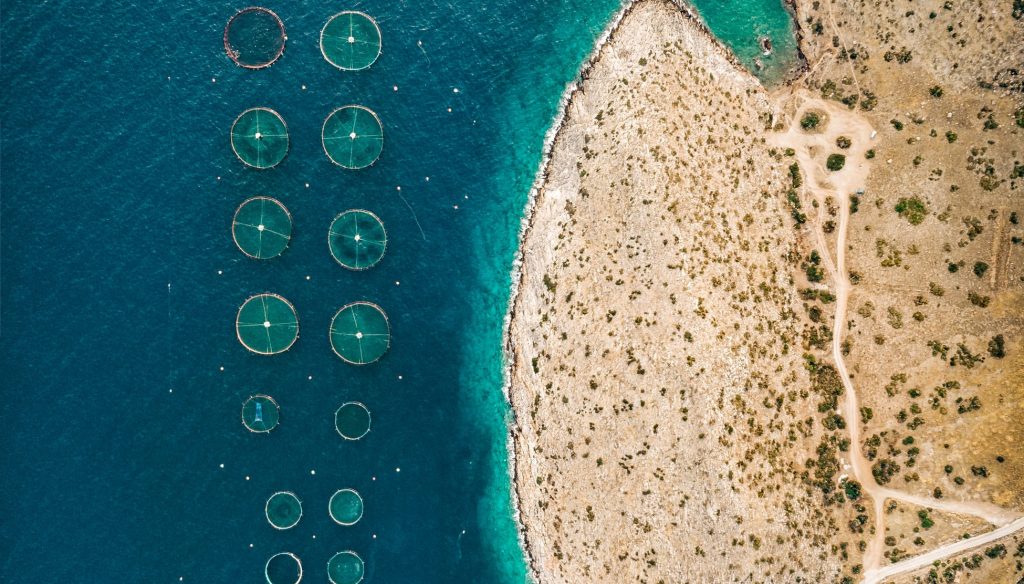
1. New Environmental Standards Set for Farmed Fish Feed
The Aquaculture Stewardship Council (ASC) has announced a new standard for its farmed seafood certification program that will consider the environmental and social impacts of fish feed production. Up to 75% of fish feed comprises plant-based ingredients such as soy, wheat, and rice. The new ASC feed mill standard considers agriculture’s environmental impacts. Certified farms will have to show that they have sourced feed in an environmentally responsible way, avoiding deforestation and land conversion. Ingredients sourced from wild fisheries still play a part in aquaculture diets, and ASC standards ensure these ingredients are also sourced responsibly. The new standard will also provide more data since ASC-certified farms must record and report their energy use and greenhouse gas emissions and work to improve renewables and water usage. The standard will be in use by fall 2022.
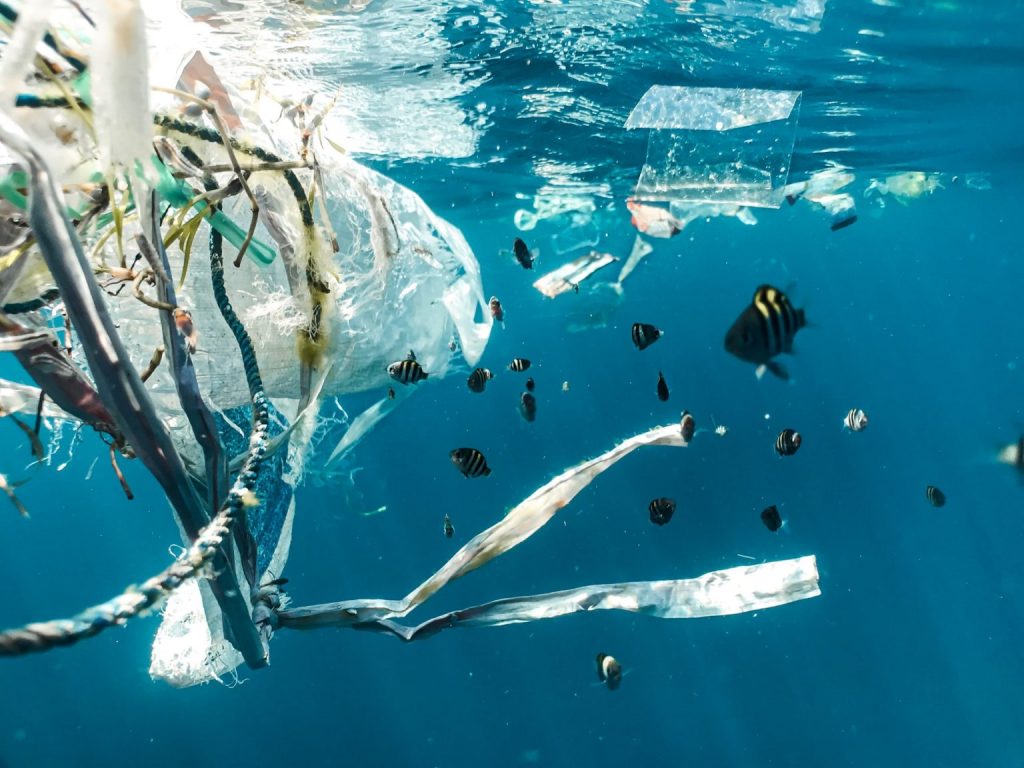
2. Belgium Joins Ocean Plastics Charter
Belgium has decided to join the Ocean Plastics Charter, an initiative that aims to bring together governments, businesses, and civil society organizations under a commitment to a more resource-efficient and lifecycle approach to plastics stewardship on land and at sea. The commitment represents a further step by the Belgian government to combat plastic and other forms of marine pollution and signals an intention to act in line with the European Union’s plastics strategy. The Ocean Plastics Charter was initially adopted by Canada, France, Germany, Italy, the United Kingdom, and the European Union. The United States and Japan abstained. Belgium has been playing a key role in ocean conservation internationally for some time. Belgium organized the first high-level meeting to convene negotiators on climate change and the ocean. Over 40 countries signed the ‘Brussels Declaration,’ to bring together initiatives to keep the marine ecosystem in balance.

3. Vancouver Residents Petition Against Conservation-Themed Art
Residents of a Vancouver, Canada neighborhood are asking the city to stop the installation of a proposed sculpture for the Vancouver Biennale art festival by Chinese artist Chen Wenling. The petition, which has over 1,300 signatures, cites concerns about the work’s impact on real estate values. The proposed sculpture is an environmentally themed work called Boy Holding a Shark and is part of the Unesco-backed We Are Ocean program. Although many petitioners oppose the Wenling installation as an “intrusion” on “natural beauty,” biennial organizers say the work acts as a lighthouse, a warning that human activity jeopardizes our oceans. According to their statement, “The young distraught boy, holding the shark, reminds us that the future is in our hands.” Despite the controversy, the Vancouver Biennale founder Barrie Mowatt says it has resulted in “the most support for a project” he has ever seen.

4. Hinkle & Co. Partners with Save Sea Foundation Towards Ocean Preservation
Fashion designer and entrepreneur Marlena Hinkle has partnered with the nonprofit organization Sea Save Foundation as a step towards ocean conservation. A longtime nature lover, she is now taking the opportunity to donate 10% of her profits to the foundation. The artist draws inspiration from her surroundings to create her stunning artwork. Her motto “Keep the dream alive” epitomizes the brand and her outlook on life. During her many trips to the beach with her surfer husband of 14 years, they would always pick up trash along the way. Seeing how much damage the ocean suffers, Marlena decided to partner with Sea Save Foundation. “ ‘Keep the Dream Alive’ is our motto. We need to keep this dream alive for ourselves and for others who might be struggling. A beach is a healing place for many people,” says Marlena.
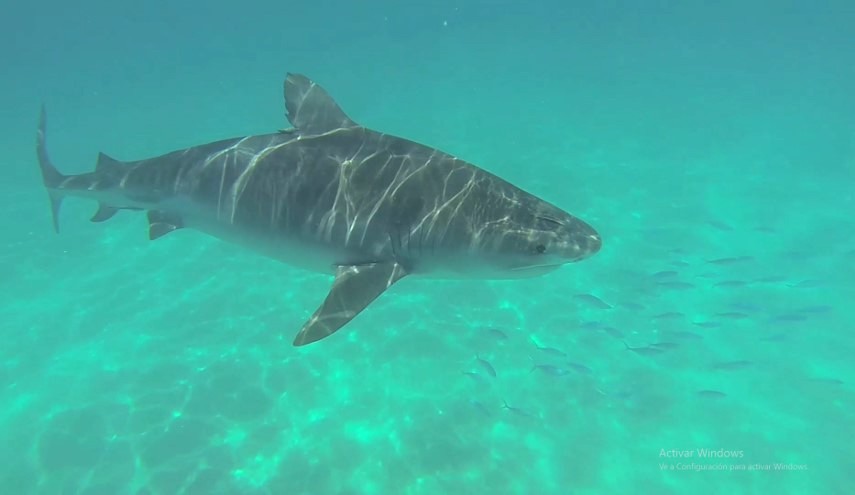
5. More Research Needed on Sharks and Rays in Mozambique
Sharks and rays play a vital role within the ecosystem. If the numbers of sharks and rays decline, the ecosystem is pushed out of balance. Their presence is a way to measure ocean health. Mozambique is considered a shark and ray hotspot with 147 recorded species. However, little is known about the sharks and rays in Mozambique like their feeding behavior, habitat usage, and reproduction. To better understand their role in the ecosystem and the effects of global warming and unsustainable fishing practices, more studies are needed. Then governments can enact legislation to protect sharks and rays. The research center BCSS contributes to shark and ray research by hosting an open-source database available to scientific communities and organizations. The data provides valuable insights into Mozambican waters and can contribute to conservation efforts in the area.
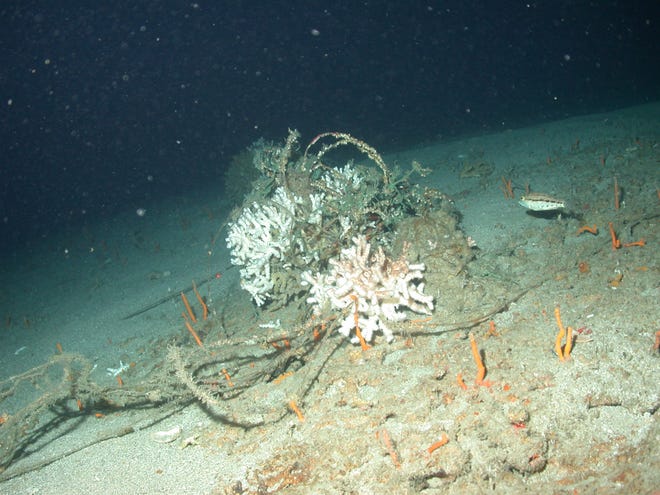
6. Florida Shrimp Trawlers Could Damage Protected Coral Reef
Shrimpers are seeking permission to trawl along the federally protected Oculina Bank, which conservationists say will cause lasting damage to the coral reef. The South Atlantic Fishery Management Council is likely to approve the request. Approval would allow rock shrimp trawlers to pull nets along the seafloor on the eastern boundary of the Oculina Bank Habitat Area of Particular Concern. Weights on the bottom of a general shrimp trawl net can penetrate nearly 6 inches into the seafloor, according to University of Miami research, stirring up destructive sediment that could blanket the reef. The Oculina Bank is an expansive but fragile ecosystem of ivory tree coral whose mounds stretch up to 100 feet tall in water as deep as 300 feet. The proposal follows the previous administration’s executive order to reopen protected areas closed to commercial fishers and remove many fishing regulations.
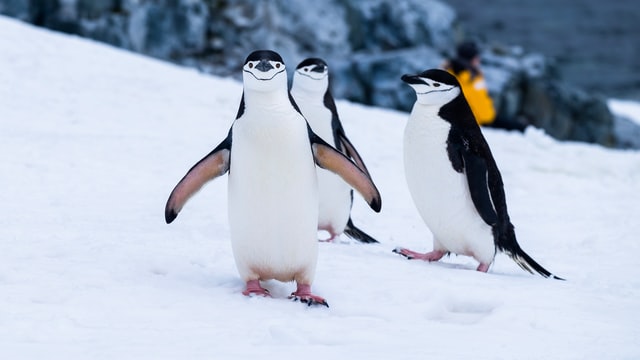
7. Scientists Warn of Global Impacts as Antarctic Nears Tipping Points
As governments convene for the annual Antarctic Treaty Consultative Meeting (ATCM), leading Antarctic scientists warn that climate change is pushing the remote polar region towards numerous tipping points with global ramifications for humanity and biodiversity. The report Climate Change and Southern Ocean Resilience, published by the Wilson Center’s Polar Institute, examines how human-caused climate pressures that are rapidly changing Antarctica will have significant impacts on humanity, given the region’s central role in regulating our earth systems. The report concludes that environmental changes, such as those to ocean chemistry and carbon sequestration, may disproportionately exacerbate global climate change in the near term and disrupt the delicate web of life in the Southern Ocean, with repercussions on coastal resilience and livelihoods worldwide. The report recommends measures like the creation of Marine Protected Areas around Antarctica and integrating climate change into conservation measures.
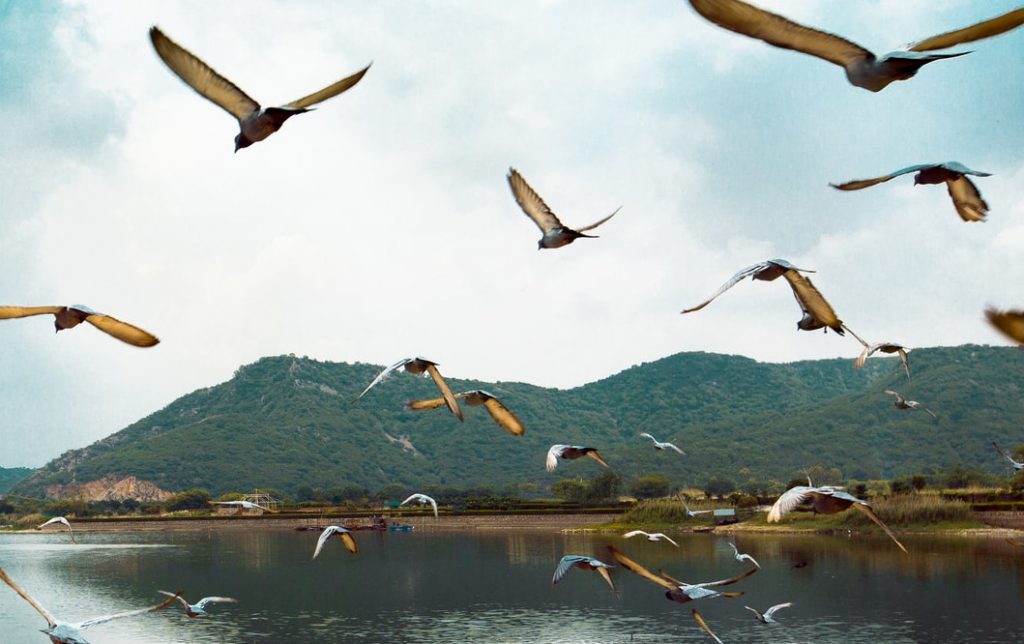
8. Improving Marine Protected Areas in India
In the wake of global threats such as ocean acidification and intensified resource extraction, the world’s seas are at risk. As a result, many nations have adopted Marine Protected Areas (MPAs) as a tool for conserving biodiversity and ecosystems. The contributions of MPAs vary greatly depending on their size, age, and level of financial management support. India is a typical example. The law regarding conservation is entrenched in the idea of territorial control, which undermines conservation efforts and triggers conflicts. There is a lack of consideration for the people who live around these marine areas. This has triggered much discussion on how best to manage MPAs so that they can also contribute to positive social outcomes like improved food security and resilient livelihoods. Marine conservation should be motivated by non-territorial rationality and seriously consider alternative approaches such as dynamic co-management and legal pluralism.
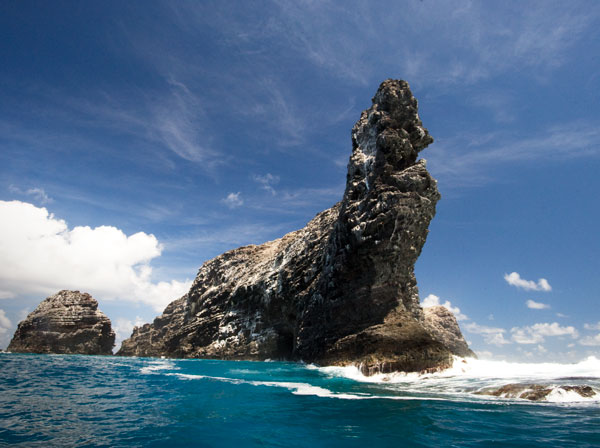
9. One of the Largest Marine Conservation Areas in World Celebrates 15 Years
Located in Hawaii, Papahānaumokuākea, one of the largest marine conservation areas in the world, is celebrating its 15th anniversary. The Northwestern Hawaiian Islands Marine National Monument was designated a marine conservation area in 2006 by President Bush. It was expanded in 2016 by President Obama and is now 582,578 square miles. Conservation work in the area started as early as 1903 when President Theodore Roosevelt sent in the United States Marines to stop the slaughter of seabirds for feathers and eggs at Midway Atoll. Management of the monument is overseen by the National Oceanic and Atmospheric Administration (NOAA)’s Office of National Marine Sanctuaries, NOAA Fisheries, United States Fish and Wildlife Service Ecological Services and Refuges Program, state of Hawaii Divisions of Aquatic Resources and Forestry and Wildlife, and the Office of Hawaiian Affairs.
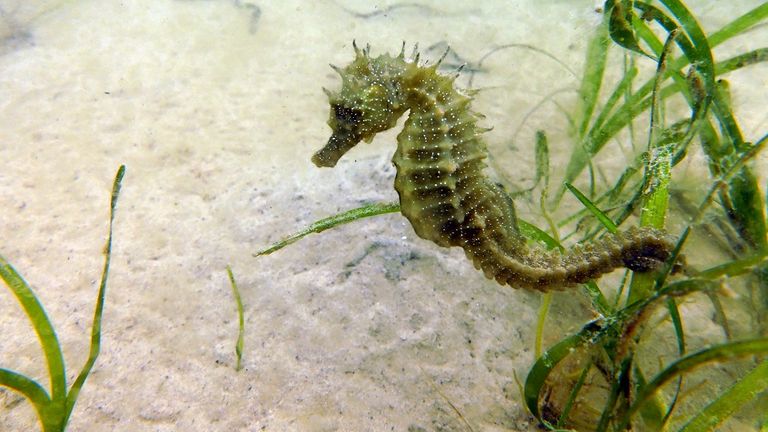
10. Rare Seahorse Spotted Along Britain’s Coast
During a seagrass habitat monitoring dive, marine biologists from the Ocean Conservation Trust encountered a rare seahorse near Cornwall, United Kingdom. The sighting of the iconic and threatened long-snouted seahorse highlights the importance of prioritizing marine habitat protection in conservation discussions. Due to environmental changes such as the destruction of seagrass habitat, there has been a sharp decline in the seahorse population, and this once-common marine species is becoming increasingly rare. Seagrasses are an essential nursery habitat for marine species; they also absorb 35 times more carbon dioxide than forests and hold it in the sediment for thousands of years. “After seven years of working in seagrass conservation, it was humbling to experience this rare seahorse sighting, as it highlights the significance of what we’re trying to do with our seagrass restoration work,” Mark Parry, development officer at the Ocean Conservation Trust, said.
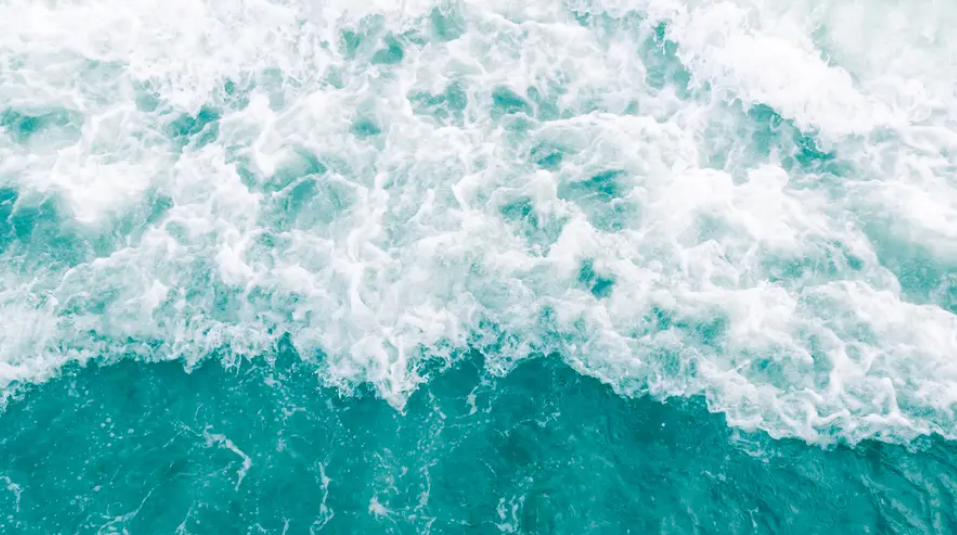
11. Opinion: Leverage Ocean Wealth While Protecting Ocean Health
With a reported asset value of $24 trillion and generating an estimated $2.5 trillion per year, the ocean needs us to invest in its protection. This year, as we stand at the critical juncture of multiple crises, the UN Conference on Biodiversity and the UN Climate Change Conference will be key moments to bolster global discussions around a “blue recovery”. Decisions at these summits must take into account the vital role of the ocean in achieving global sustainable development, bolster commitments to ocean health, and support programs with adequate resources. To support this, the Commonwealth Blue Charter offers a globally unique vehicle for international cooperation to drive sustainable post-Covid ocean action through the collaboration of governments, businesses, civil society, academia and the philanthropy sector. Bringing together 54 Commonwealth countries, it is committed to finding solutions to the most urgent ocean challenges.

12. In Sri Lanka, Container Ship Fire Causes One of World’s Worst Environmental Disasters
Two weeks after a blazing 610-foot container ship lit up the Sri Lankan coastline, most of the cargo has settled on the seafloor. The ship’s cargo contains toxic chemicals that could devastate marine wildlife and fishing communities. “It’s very close to a nuclear disaster,” said a coordinator at the Pearl Protectors, an organization protecting Sri Lanka’s marine life. “In the coming weeks, this is going to be a regional problem.” A leaking container of nitric acid, used to make fertilizer and plastic, is one potential cause of the fire. Scientists who focus on the region fear that if the chemicals seep into the ocean, they could distress a delicate marine ecosystem. Sri Lankan officials are investigating and working to mitigate the potential damage. However, the plastic spill remains overwhelming and unprecedented. Pellets cover the shoreline, and the navy is investigating a possible oil spill.
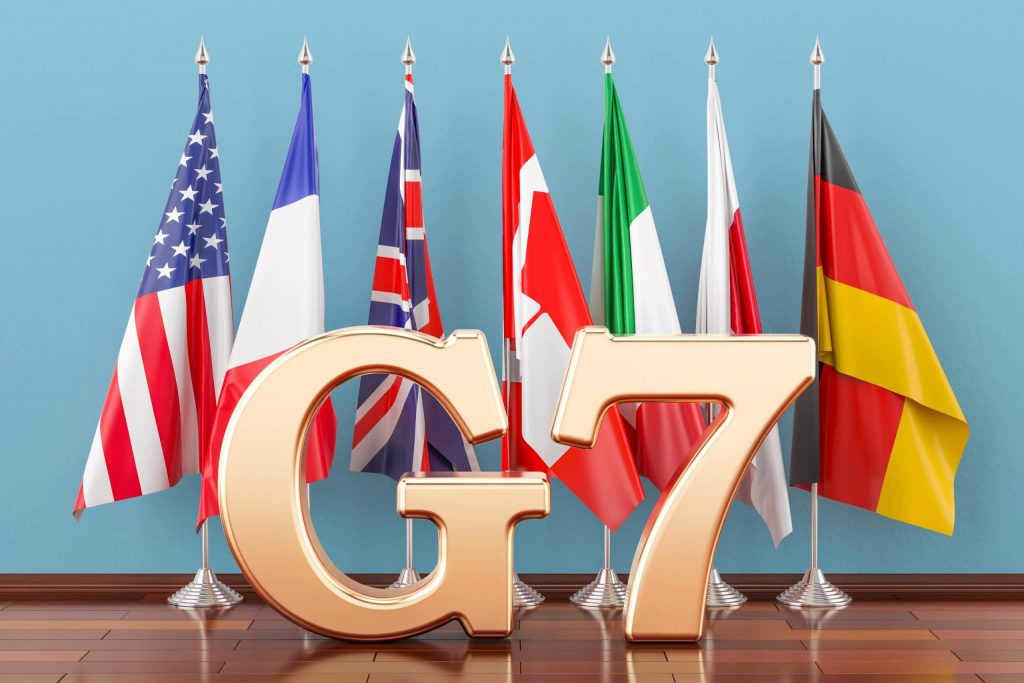
13. G7 Brightens Outlook for New Nature Pact but Pandemic Threatens Deadline
G7 leaders’ pledges on climate change and biodiversity loss will help strike a global pact to protect nature, but an October deadline will likely be missed without in-person talks. Nearly 200 countries are expected to agree to the text of a new global treaty to safeguard plants, animals, and ecosystems at the upcoming United Nations summit in China, which the pandemic has already delayed twice. However, online negotiations have reached their limit and in-person discussions are needed. Vaccinating delegates in time to allow this before the summit is difficult. Conducting the talks online has led to connectivity problems for some developing countries, while negotiators and observers in Asia-Pacific have struggled to cope with sessions outside their time zones. Important areas where agreement has yet to be reached include finance and technology sharing, as well as accountability, monitoring, and implementation of expected new targets.

14. Unusual Discovery: Soils From Antarctica May Contain No Life
For the first time, scientists have found soils that appear to harbor no life. The soils came from the interior of Antarctica. “We assume microbes are tough, they can live anywhere,” says Noah Fierer, a microbial ecologist whose team studied the soils. Single-celled organisms can live in hydrothermal vents and beneath half a mile of ice in Antarctica. “We can’t say they’re sterile,” says Fierer. “But as far as we can tell, they don’t harbor any microbial life.” But the soils may not lack life. Scientists have found live bacterial cells trapped for thousands of years in glacial ice, surviving by slowing their metabolism. High, dry soils could help to refine the search for life on Mars. The Viking I and II probes, which landed on Mars in 1976, carried life detection experiments that were based, in part, on studies of Antarctic soils.
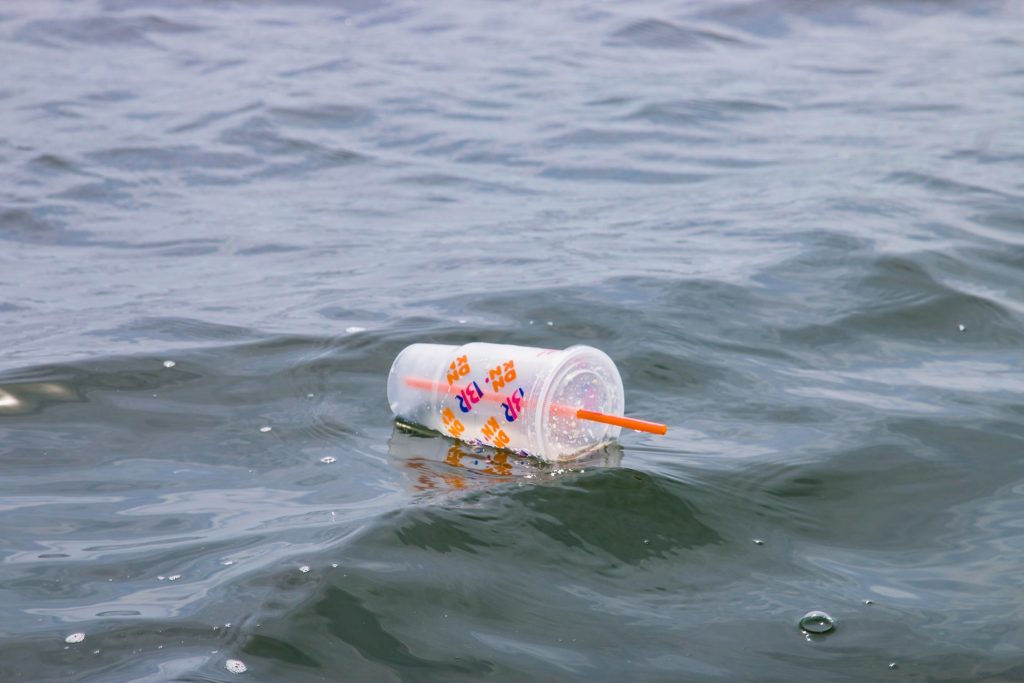
15. Western Australia Accelerates Plastic Ban to Save Oceans
Western Australia (WA) government has announced that they are fast-tracking and expanding their ban on single-use plastics. By December 31, 2021, the state government will ban such items as plastic plates, cutlery, straws, thick plastic bags, and helium balloon releases. In 2022’s stage two, plastics like produce bags, polystyrene packaging, microbeads, and oxo-degradable plastics will be banned, bringing forward the full ban by four years. The WA government leads the nation by banning takeaway coffee cups and lids with single-use plastics, to be phased out in 2022. Tasmania and the Northern Territory are now the only states and territories without a plan to ban these plastics. “We must do everything we can to protect WA’s threatened species and habitats,” said Shane Cucow of the Australian Marine Conservation Society. “Every day we wait, we lose more animals to plastic pollution.”

16. Environmental DNA Project to Map Aquatic Life
The biodiversity of the world’s great rivers has largely evaded scientists because of the difficulty of seeing through murky water. A new project aims to describe and identify the web of life in major freshwater ecosystems worldwide with DNA technology. The International Union for Conservation of Nature (IUCN) and UK-based environmental DNA (eDNA) specialists NatureMetrics have partnered to take thousands of water samples from river systems. Conservation efforts are often hindered by a lack of data on the organisms that live in wetlands and river systems. The $15m (£10.6m) eBioAtlas program will target areas threatened by the climate crisis and human expansion. The project will fill in critical knowledge gaps and establish biodiversity baselines by analyzing genetic material in the water. Over the next three years, about 30,000 water samples will be taken from major freshwater ecosystems worldwide and analyzed by NatureMetrics.




